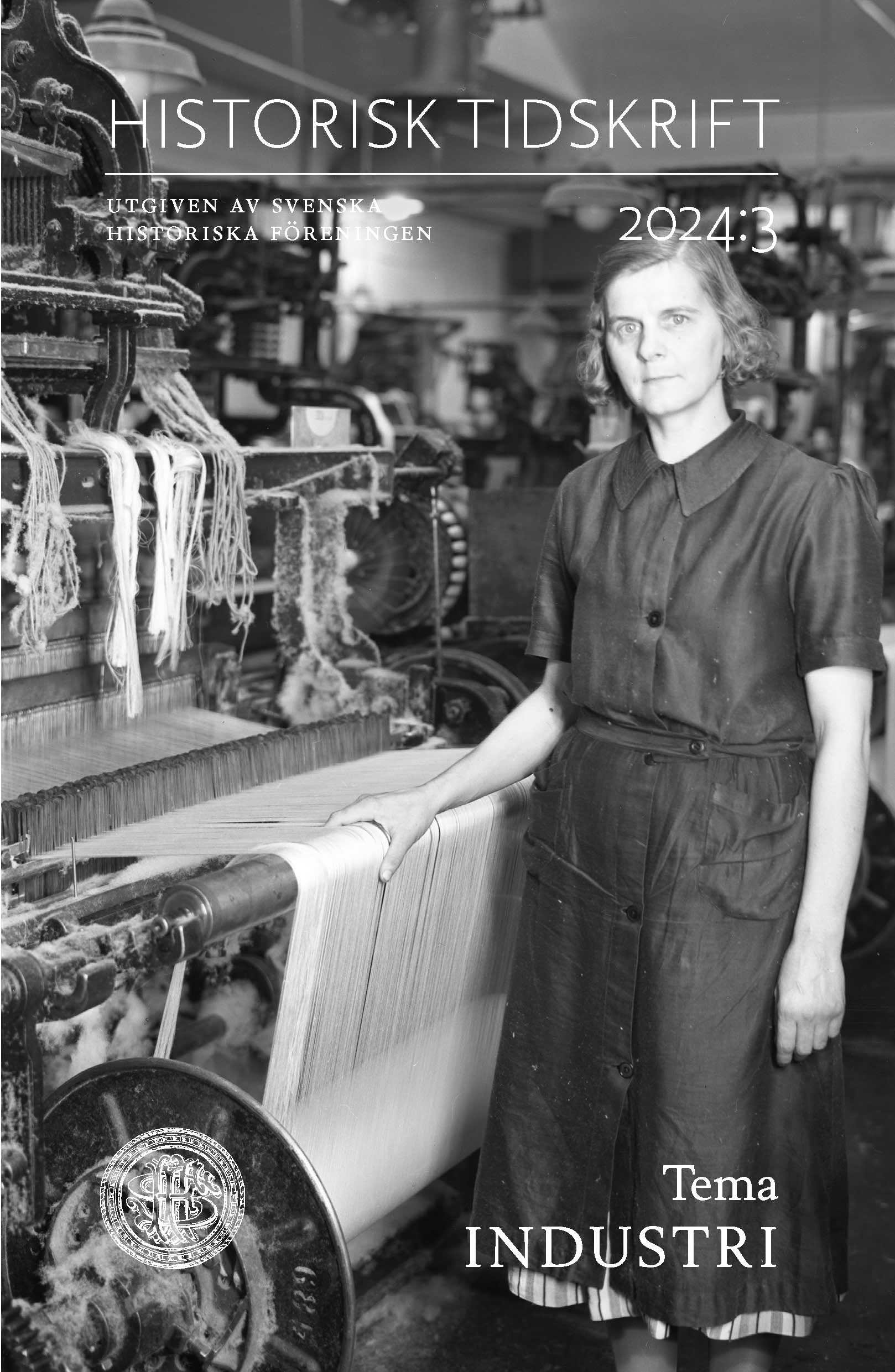Abstract
Moving towards the industrial: Ironmaking and historical change
Industrialisation has almost always been analysed retrospectively as the ‘prehistory’ of our modern era. This has been the case ever since Arnold Toynbee introduced the concept of the Industrial Revolution in the late nineteenth century, and this story has been repeated by scholars such as David Landes and Joel Mokyr. In this article, we flip the perspective to approach industrialisation as a gradual process incorporating technology, the organisation of labour, markets, and state politics. Our case deals with ironmaking, the most important non-agricultural sector in the early modern Swedish economy, and emphasises changing notions of work and the daily routines of skilled artisans and mobile civil servants in Swedish workshops and abroad.
Tracing the development of Swedish metal manufacturing, the continued dominance of a traditional idea of householding is apparent, and with it a key link between labour and natural resources. In the second half of the eighteenth century, state officials such as Samuel Schröder and Sven Rinman took a more prominent role in promoting several interrelated improvements, from the “English way” of organising work to finding new ways of refining iron and steel and adapting to changing markets. The valuable storehouse of ore and metals increasingly came under the authority of the state. It was not until the turn of the nineteenth century, however, that groundbreaking paths ahead were articulated by members of the Swedish mining administration, often building on advances seen in Britain. Eric Thomas Svedenstierna and Gustaf Broling saw the potential of steam engines, mineral coal, and large-scale production, but it was left to the ironmaking entrepreneur Gustaf Ekman, a couple of decades later, to initiate the full industrialisation of the iron trade by implementing what was known in Sweden as the Lancashire method. By analysing the trajectories of individuals – in our case mobile officials – we achieve a better forward-looking understanding of the industrialisation process, an approach that also bridges the spheres of discourse and practice.

